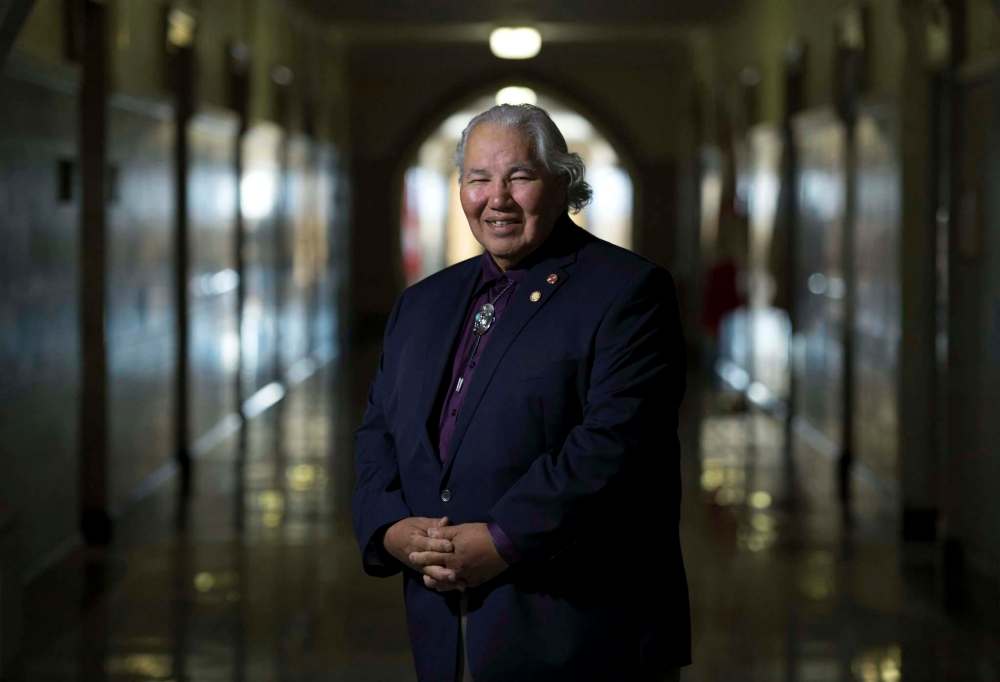Protecting transgender rights long overdue
Advertisement
Read this article for free:
or
Already have an account? Log in here »
To continue reading, please subscribe:
Monthly Digital Subscription
$0 for the first 4 weeks*
- Enjoy unlimited reading on winnipegfreepress.com
- Read the E-Edition, our digital replica newspaper
- Access News Break, our award-winning app
- Play interactive puzzles
*No charge for 4 weeks then price increases to the regular rate of $19.00 plus GST every four weeks. Offer available to new and qualified returning subscribers only. Cancel any time.
Monthly Digital Subscription
$4.75/week*
- Enjoy unlimited reading on winnipegfreepress.com
- Read the E-Edition, our digital replica newspaper
- Access News Break, our award-winning app
- Play interactive puzzles
*Billed as $19 plus GST every four weeks. Cancel any time.
To continue reading, please subscribe:
Add Free Press access to your Brandon Sun subscription for only an additional
$1 for the first 4 weeks*
*Your next subscription payment will increase by $1.00 and you will be charged $16.99 plus GST for four weeks. After four weeks, your payment will increase to $23.99 plus GST every four weeks.
Read unlimited articles for free today:
or
Already have an account? Log in here »
Hey there, time traveller!
This article was published 31/05/2017 (3099 days ago), so information in it may no longer be current.
Who would think the use of the word “and” instead of a comma would make such a difference? In regular writing, it usually doesn’t. However, in legal drafting, this distinction can be very significant.
During deliberations of the Senate’s Legal and Constitutional Affairs Committee, this seemingly insignificant distinction became a hot topic for discussion. In this discussion, an amendment to Bill C16 on transgender rights proposed adding an “and” to the bill to separate the terms “gender identity” and “gender expression.” This proposed amendment, sponsored by Conservative Senator Betty Unger, left many in the room confused.
What would this change mean? Why even make the change in the first place?

Only a few minutes later, our questions were answered by former judge, independent Senator Murray Sinclair. He explained that changing the comma to an “and” could limit legal protections for transgender Canadians. Under the change, an individual would need to be discriminated against both because of their image and their internal gender identification. For many transgender Canadians who don’t portray their gender identity visibly, this would be a significant problem.
This amendment and others like it never passed. In reality, it really only represented a last-ditch effort on the part of Conservative senators to stall Bill C16. However, these manipulative moves demonstrate how heated the debate over this bill was.
Contrary to how some have portrayed Bill C16, its purpose is solely to amend the Canadian Human Rights Act and the Criminal Code so that gender identity and gender expression are added to the list of prohibited grounds for discrimination and hate speech. Essentially, discrimination against gender identity and expression will become officially prohibited at a national level, just as discrimination against such things as race, ethnicity, gender and sexual orientation already are.
This change, supported by an overwhelming majority of MPs including many Conservatives, would be in line with legislation already in place within nine of our 10 provinces. This is far from radical. Rather, it is legislation that is long overdue and based on legal principles that are broadly accepted in Canada.
However, there have been several arguments made against Bill C16, all of which rest on shaky legal legs. The first, most cited, is that pronoun use such as “he” and “she” could be deemed hate speech when used improperly. This is inaccurate.
Offending someone unintentionally by using the wrong pronouns would, of course, not apply, as hate speech requires intent. Even if the misuse of pronouns is intentional, it likely would still not apply.
According to the Criminal Code, one’s rhetoric must be severe to be deemed hate speech: “(the) meaning of the word ‘hatred’ is restricted to the most severe and deeply-felt form of opprobrium.”
In other words, unless a pronoun is accompanied by rhetoric that is doing something like advocating horrific action against a targeted group, it will not be considered hate speech.
Another commonly cited argument against Bill C16 is that it forces women and girls into vulnerable situations, because transgender women will not be prevented from using women’s washrooms.
However, there is no evidence to suggest that women and girls become more vulnerable in this situation. A study by Statistics Canada found that there has been no basis to suggest that women and girls are attacked in places like washrooms. Trans Pulse, a community-based research project, also found that two-thirds of transgender Ontarians avoided public places such as washrooms, because they feared for their own safety.
Furthermore, forcing individuals to use the washroom of the gender they were assigned at birth could actually lead to more awkward situations. For example, if a transgender man dresses like a man and has had undergone surgery to become a man, his presence in a woman’s washroom would raise eyebrows more than a transgender woman would.
What is unfortunate is that in criticizing Bill C16, we ignore its intention to help transgender Canadians. Rates of reported discrimination, sexual assault, and suicide among transgender Canadians are unfathomably high. This is a demographic that is vulnerable, a demographic that needs protection from discrimination and abuse. Like all Canadians, they should be entitled to protection under the law.
Jay Fallis is an Ottawa resident who is passionate about Canadian politics and has a master’s in political science from the University of Toronto.



